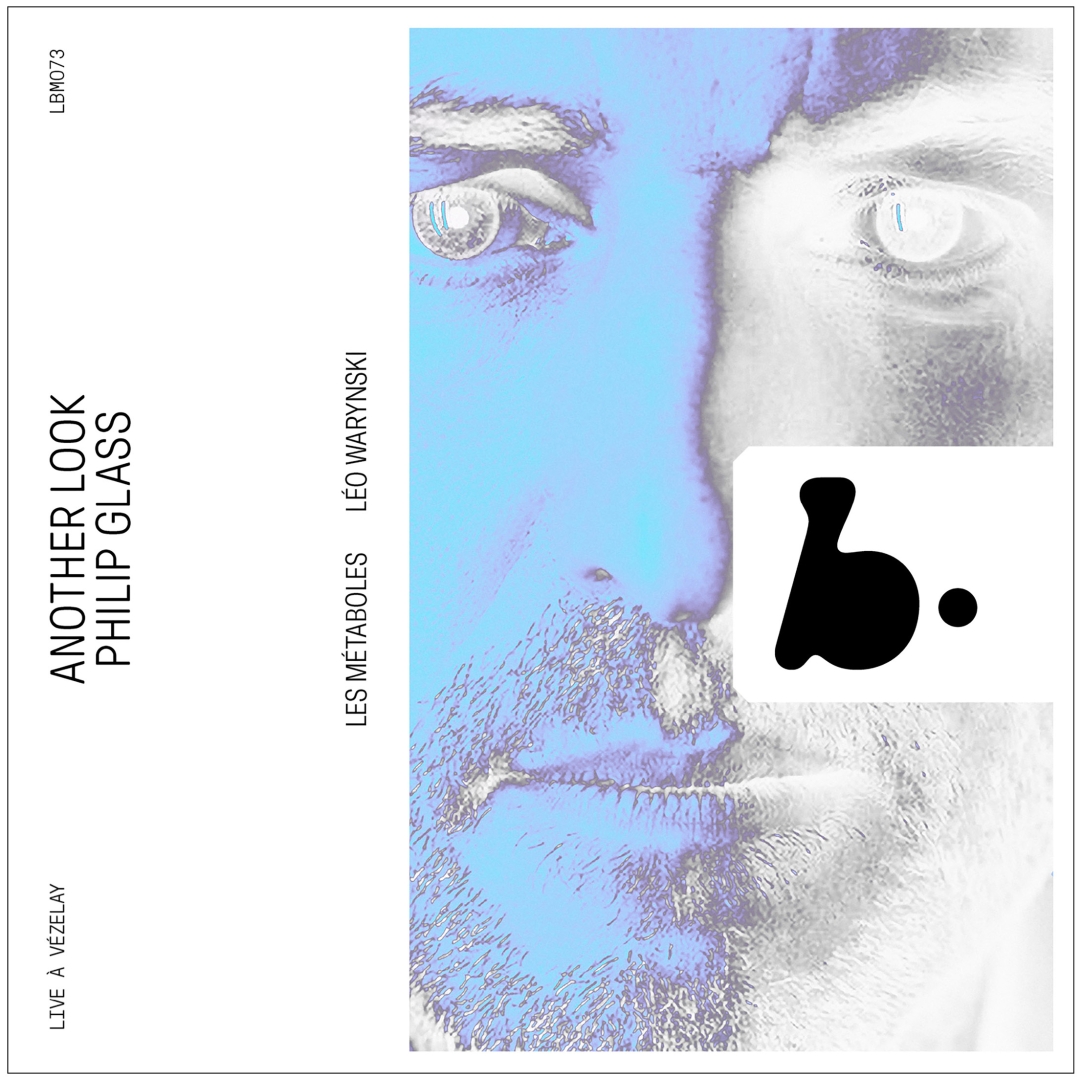ANOTHER LOOK
ANOTHER LOOK
On this new b•records album, Léo Warynski and the Métaboles present two rarities that resonate across the centuries that separate them.
Another Look at Harmony – Part IV is a work by Philip Glass for a cappella choir and organ (1975), rarely performed and rarely recorded, a sort of "preamble" to the masterpiece that would become Einstein on the Beach a year later. Andrea Basily's Canon for 16 unison voices - his first recording - completes the album. The result of a residency at the Cité de la Voix as an associated ensemble, this program offers another, resolutely modern and timeless take on music for a cappella choir.
Video
Philip Glass - Another Look
Philip Glass - Another look - teaser
Presse

A reading that is both precise and freeDipason - Benoît Fauchet
Another Look
|
Onomatopoeia, repeated notes chanting their names, syncopations, and rhythmic disruptions… Another Look at Harmony Part IV, a movement for choir and organ lasting about fifty minutes, was a milestone in Philip Glass's career, foreshadowing his 1975 opera Enstein on the Beach. Léo Warynski's Métaboles offers a reading that is both precise and free, almost lyrical, in a seamless dialogue with Yoan Héreau's keyboards. The combination with a 16-part canon by Andrea Basili, a little-known 18th-century composer, may be surprising, but prolongs the hypnosis very pleasantly. |

Sélection Le Monde - to listen to: the repetitive trend made in the USALe Monde - Pierre Gervasoni
Another Look
|
Mixed voices methodically reeling off a string of onomatopoeias and numbers, an organ – an electronic version – that ensures long sustains of notes, sometimes in the bass, sometimes in the treble… The characteristics of Enstein on the Beach, an opera created in 1976 by Bob Wilson with music by Philip Glass, also constitute the foundations of Another Look at Harmony. Part IV, a score of about fifty minutes composed a year earlier by the leader (with Steve Reich) of the repetitive trend made in the USA. However, we will be careful not to consider this page with its minimalist carillon appearance as a prelude to the stage work that has entered history since its creation at the Avignon Festival because it is very different from it from an aesthetic point of view. Particularly in the "overexpressive" interpretation of Métaboles (recorded live), which, far from the mechanical abstraction of Einstein..., makes it a sort of great hippie mass. The confrontation with the very soaring but rigorous Canon, by Andre Basili (1705-1777) then seems anecdotal. |

Philip Glass - Another Look at Harmony – Part IV
Andrea Basily - 16-voice canon